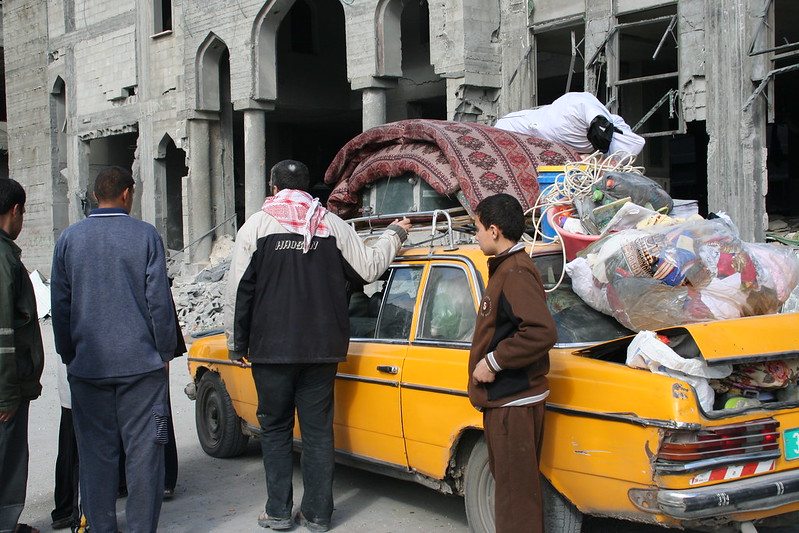 The ongoing humanitarian crisis in Gaza has left countless vulnerable, though those with cognitive or physical disabilities face particularly severe risks due to difficulty accessing humanitarian aid. These individuals may encounter separation from primary caregivers, loss of assistive devices and medication, or struggles processing or responding to evacuation orders. For those already living with heightened challenges, the crisis exacerbates these vulnerabilities, requiring targeted interventions to ensure their safety, health and dignity.
The ongoing humanitarian crisis in Gaza has left countless vulnerable, though those with cognitive or physical disabilities face particularly severe risks due to difficulty accessing humanitarian aid. These individuals may encounter separation from primary caregivers, loss of assistive devices and medication, or struggles processing or responding to evacuation orders. For those already living with heightened challenges, the crisis exacerbates these vulnerabilities, requiring targeted interventions to ensure their safety, health and dignity.
Overview
Before October 7, 2023, 21% of Gazan households reported at least one family member with a disability. This population encompasses approximately 441,000 people, with 98,000 being children between the ages of 2 and 17. The humanitarian needs of these individuals are worsened by ongoing violence, as well as blockades that have restricted access to critical resources.
In addition to pre-existing disabilities in Gaza, the escalating conflict has led to a surge in individuals suffering from injuries that result in permanent disabilities. As of July 2023, the World Health Organization (WHO) estimated that over 22,500 people in Gaza have sustained “life-changing injuries” requiring extensive rehabilitation services, the Human Rights Watch (HRW) reports. These injuries include damage to the peripheral nerve, spinal cord and brain, as well as fractures, burns, and amputation of one or several limbs.
Disabled individuals in Gaza, like those with disabilities worldwide, depend on caregivers or assistive devices to meet their basic needs. Displacement, loss of property and often restricted movement make it increasingly difficult to maintain quality of life.
Organizations Stepping Up
In the face of these challenges, key organizations are working to address the urgent needs of individuals with disabilities in Gaza. These efforts aim to provide critical resources and improve access to humanitarian aid.
In December 2023, Humanity and Inclusion (HI) facilitated the entry of eight trucks loaded with critical aid supplies. Among the delivered items were 300 wheelchairs, 50 wheeled toilets, 250 crutches and 150 crutch tips alongside hygienic supplies, according to the HI website. The organization has been active in the West Bank and Gaza since 1996, working to promote disability inclusion and ensure that disabled individuals are systematically considered in humanitarian efforts.
United Nations Relief Works and Agency (UNWRA) plays a crucial role in promoting disability inclusion, both through direct and indirect services, such as health and rehabilitation services, assistive devices and inclusive education. Its 2023 – 2028 Strategic Plan continuously emphasizes the commitment to programs that meet the needs of persons with disabilities, and between October 7, 2023, and December 9, 2024, UNRWA supported 21,043 disabled persons with Psychosocial Support. Of these individuals, 7,752 received assistive devices and rehabilitation services.
Between October 7, 2023, and November 30, 2024, the International Committee of the Red Cross (ICRC) provided pre-prosthetic rehabilitation services to 179 amputation cases, 80 wheelchairs for individuals with double amputations or paralysis, and served 600 people through the support of the Artificial Limbs and Polio Center (ALPC). It also launched the registration and documentation process for those suffering from permanent disability, registering 2,451 individuals into the system.
Looking Ahead
Despite the substantial challenges that remain, continued advocacy and collaboration between international and local organizations offer a pathway to providing alleviation to those with disabilities in Gaza. By ensuring the integration of disability-specific needs into humanitarian response, organizations can help protect the rights and dignity of those most vulnerable.
– Olivia Young
Olivia is based in New York, NY, USA and focuses on Global Health, Politics for The Borgen Project.
Photo: Flickr
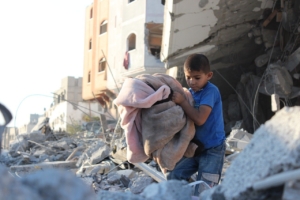
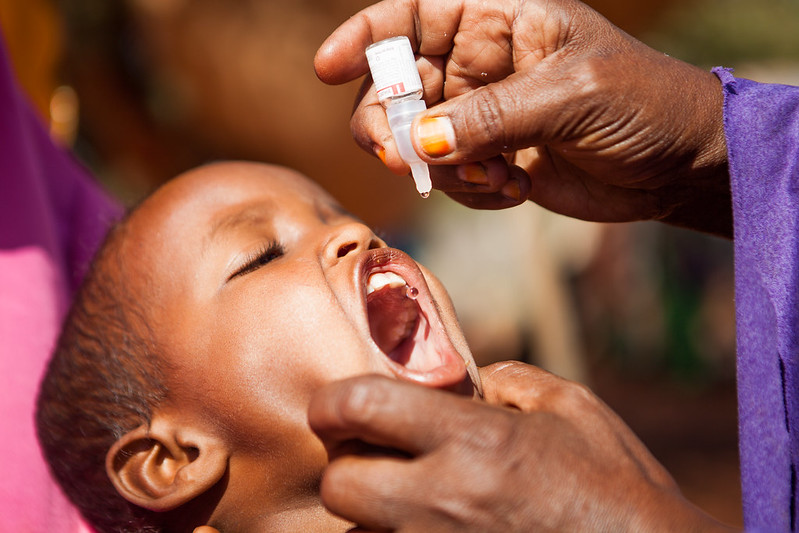
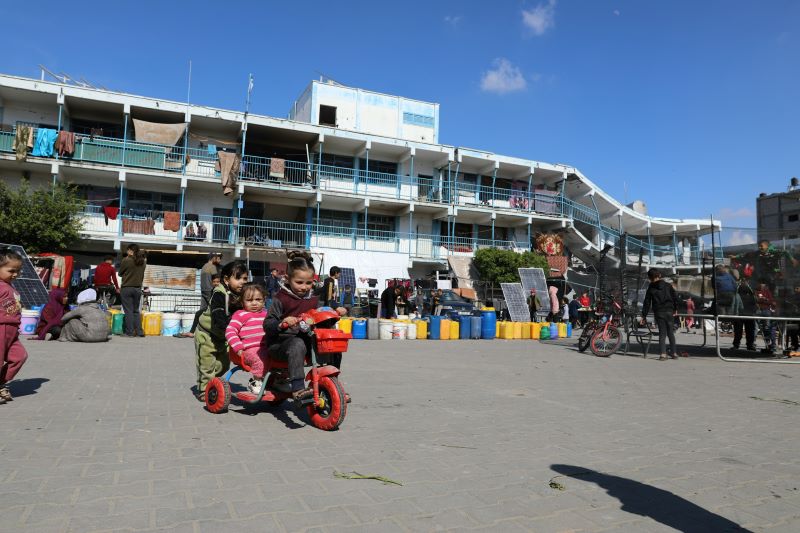 After 25 years,
After 25 years, 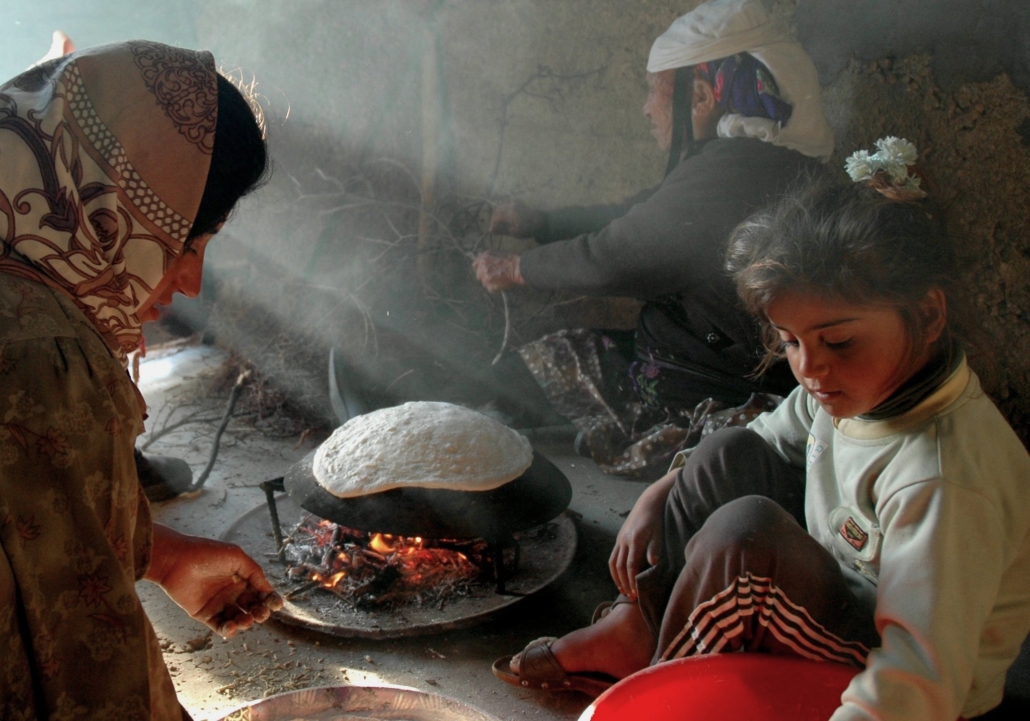

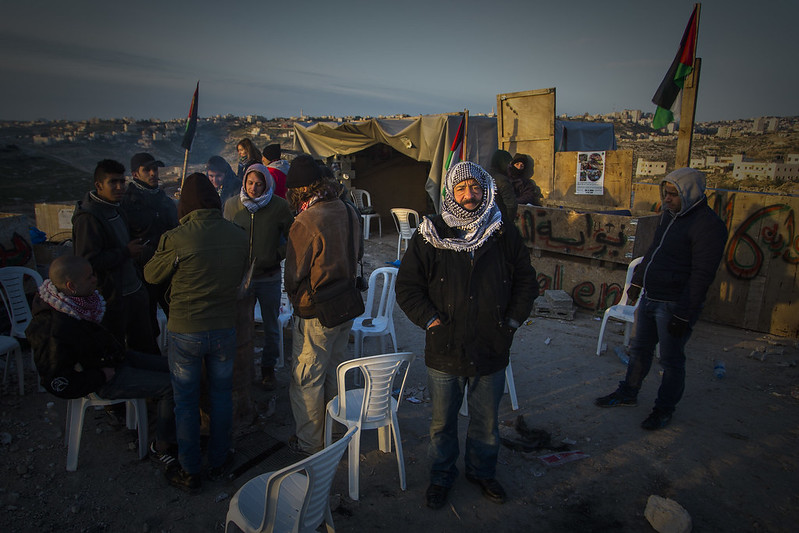

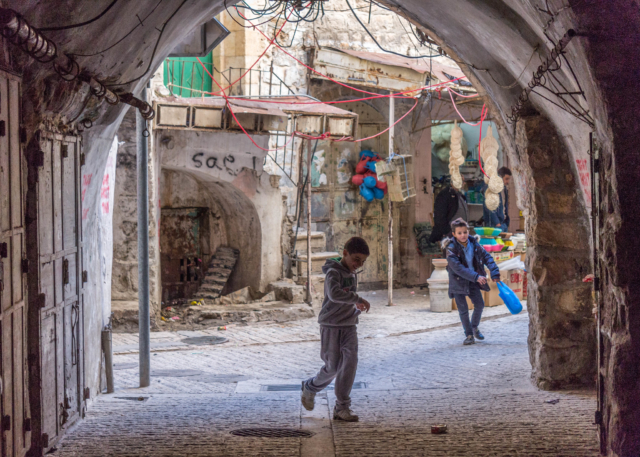
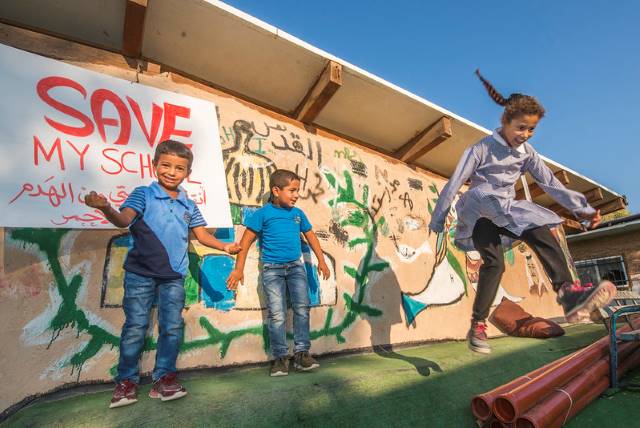 Amid the escalating Israel-Palestine conflict, there remains a generation of Palestinian children denied access to traditional education. Despite immense adversity, education remains an important priority in Palestinian society. Education is, in part, a mode of sustaining Palestine’s unique culture amid exile and foreign occupation. More than
Amid the escalating Israel-Palestine conflict, there remains a generation of Palestinian children denied access to traditional education. Despite immense adversity, education remains an important priority in Palestinian society. Education is, in part, a mode of sustaining Palestine’s unique culture amid exile and foreign occupation. More than